Departments
-

Turfgrass is an important component of many landscapes. Research has shown that landscapes support diverse, abundant, and intact bee communities in New York, California, and Ohio. In fact, the abundance and diversity of bees visiting home landscapes have been observed to approach, and even exceed, numbers in nearby natural and/or agricultural systems. If the turfgrass has been treated or is being treated with insecticides, the pollinators can be exposed directly or indirectly to the insecticides on the weeds. This can cause lethal or sublethal effects on these pollinators. The guidelines in this publication will reduce insecticide exposure to pollinators as they seek nectar and pollen from plants around lawns.
Ellen Bauske and Shimat Joseph
|
-
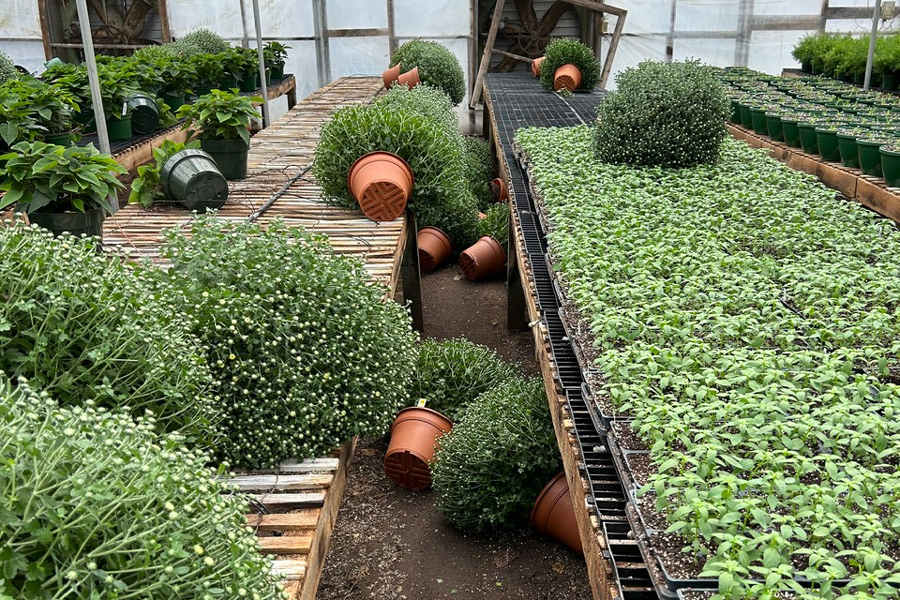
Hurricanes can cause severe damage to greenhouse structures and crops, both directly and indirectly. Strong winds, heavy rains, and flooding not only impact physical infrastructure, but also damage crops through exposure to extreme conditions. Additionally, disruptions to water, electricity, and logistics complicate production efforts.
This publication outlines common types of hurricane damage in greenhouses and provides recommendations on how growers can minimize the impact of such storms.Julie Campbell and Ping Yu
|
-
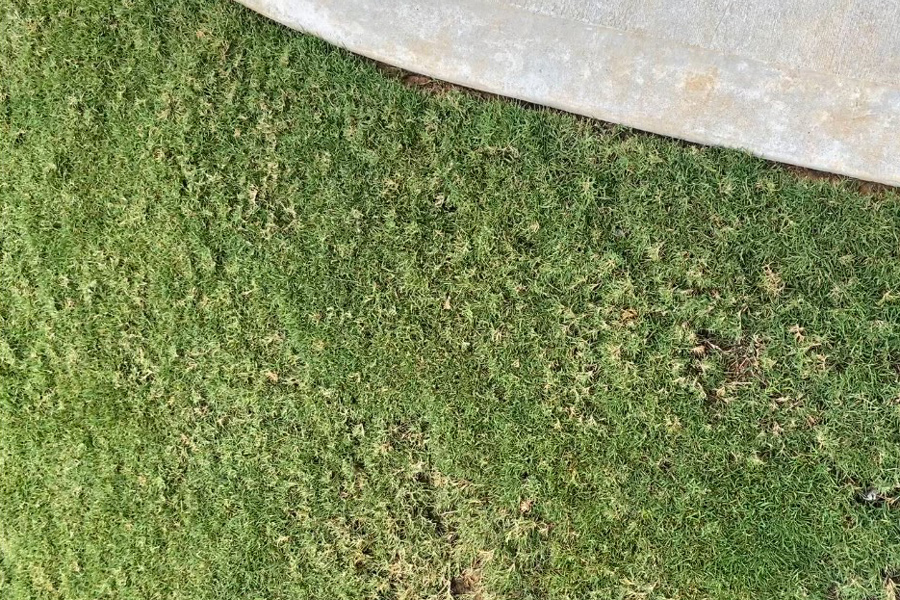
Bermudagrass mite is a microscopic mite species (at or smaller than ~0.2 mm or 0.0078 in.) that only infests and feeds on bermudagrass and has become an increasing problem in Georgia. It can develop into a serious problem on golf courses, athletic fields, sod farms, and both residential and public lawns. Bermudagrass mite infestations can reduce the aesthetic value of the turfgrass, causing thinning and poor grass growth. The size of bermudagrass mites poses a real challenge in identifying and monitoring the population in fields.
Shimat Joseph
|
-
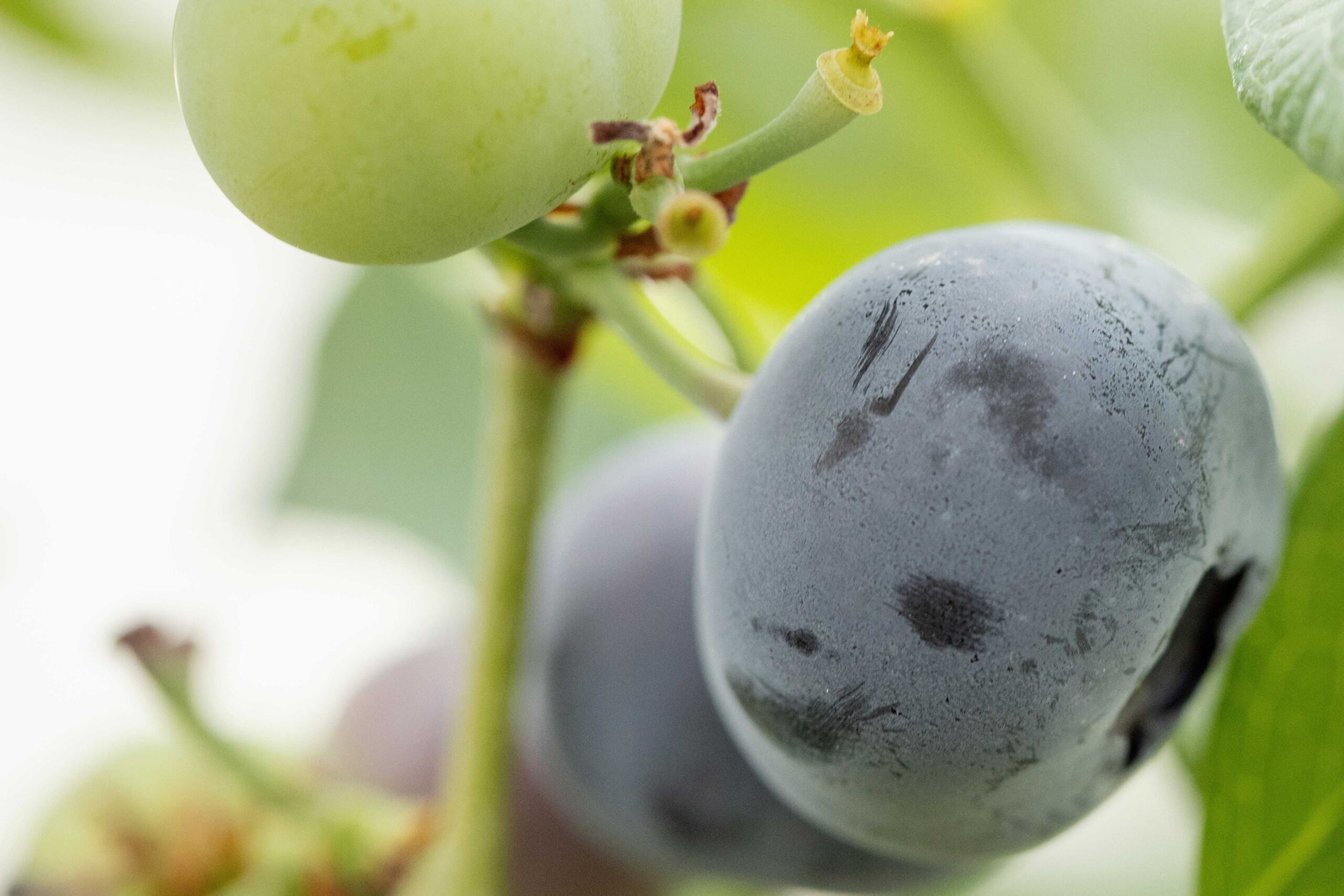
This publication provides updated (2025) Southeast-specific information on approved National Organic Program (NOP) disease and pest management options for blueberry production and addresses the issues most commonly encountered under the unique growing conditions of the Southeast U.S. This publication is not intended to provide all details on organic blueberry production, although it does include the production methods that reduce the impact of plant disease and pest issues. Emphasis in an organic system should be on cultural practices that reduce disease and pest pressure rather than pesticide applications. NOP-approved pesticides are usually less efficacious than conventional products. The pesticide label is the law and supersedes any information on pesticide use contained in this guide. Because environmental conditions and grower application methods vary widely, suggested use does not imply that the performance of the pesticide will always conform to the pest control standards indicated by experimental data.
Phillip Brannen
|
-
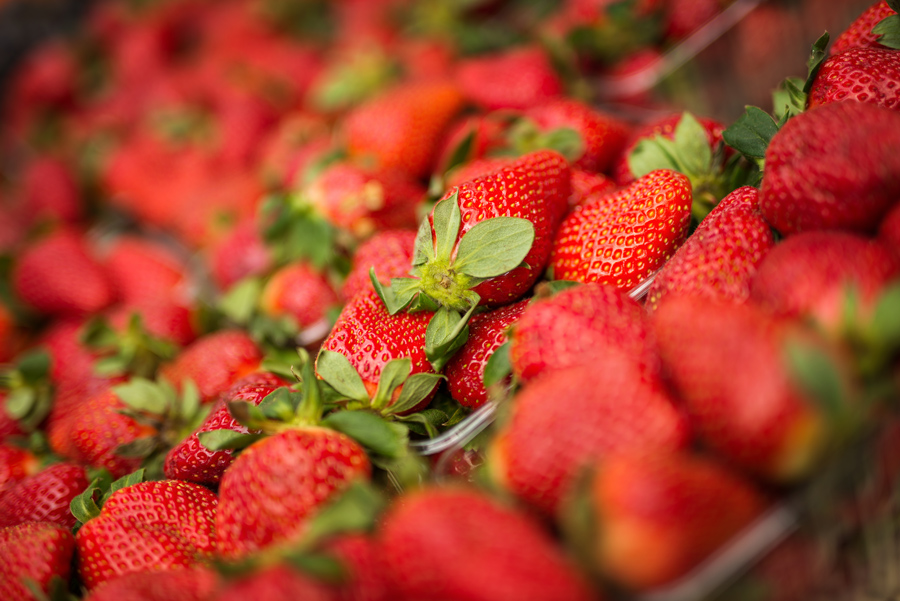
This publication reports on a strawberry variety trial to help commercial producers choose a variety or varieties best suited to the South Georgia climate while maximizing quality and yield. Based upon the field portion of this study, the highest yielding varieties also had the best storage life: ‘Camino Real’, ‘Strawberry Festival’, and ‘Camarosa’. Fruits were assessed on a variety of parameters, described in detail below.
Joshua Dawson, Angelos Deltsidis, Ramsey Corn, Erick Smith, and Camille Mcavoy
|
-

Fall armyworms are native to North America and can destroy lawn grass and other turf. They first reach Georgia in the spring or early summer, and caterpillars are noticeable in turfgrass in early July. The third, fourth, and fifth stages of fall armyworm caterpillars are the destructive stages. The younger stages (first through third larval stages) are tiny and hard to see in the grass. When infested, green turfgrass will gradually turn brown as the caterpillars grow. The damaged turfgrass may appear diseased or like it experienced drought.
William Hudson and Shimat Joseph
|
-
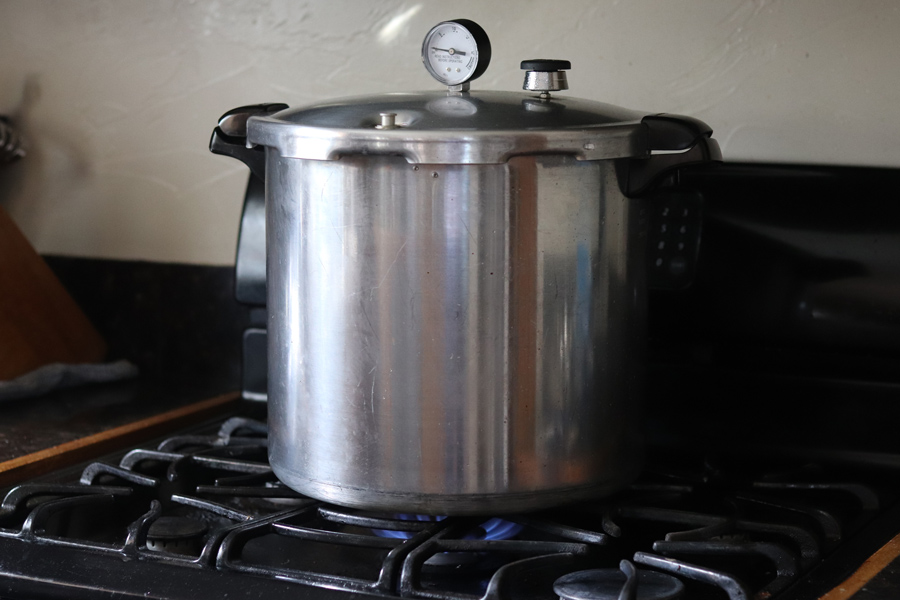
C 1344-02
Using Pressure Canners
Most modern pressure canners are lightweight, thin-walled kettles; most have screw-on lids fitted with gaskets. Modern pressure canners have removable racks, an automatic vent/cover lock, a vent pipe, and a safety fuse. Use only canners that have the Underwriter’s Laboratory (UL) approval mark to ensure their safety. This publication covers steps to successful food preservation using pressure canners.
Elizabeth Andress, Ines Beltran, and Carla Schwan
|
-
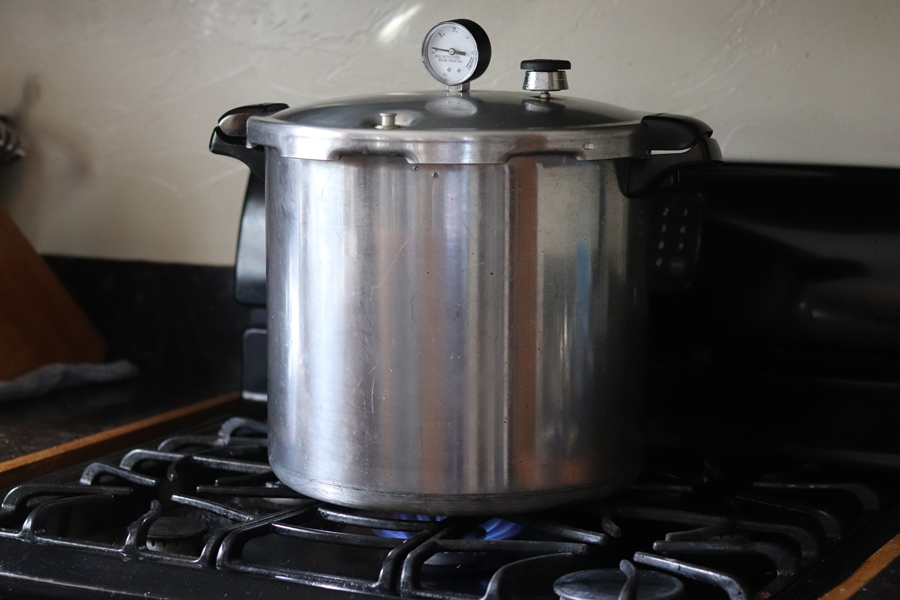
La mayoría de las envasadoras a presión modernas son ollas ligeras de paredes delgadas; la mayoría tienen tapas de rosca con juntas. Cuentan con rejillas extraíbles, un cierre automático de ventilación/tapa, un tubo de ventilación y un fusible de seguridad. Utilice únicamente envasadoras con la marca de aprobación de Underwriter’s Laboratory (UL) para garantizar su seguridad. Esta publicación explica los pasos para una conservación exitosa de alimentos con envasadoras a presión.
Elizabeth Andress, Ines Beltran, and Carla Schwan
|
-
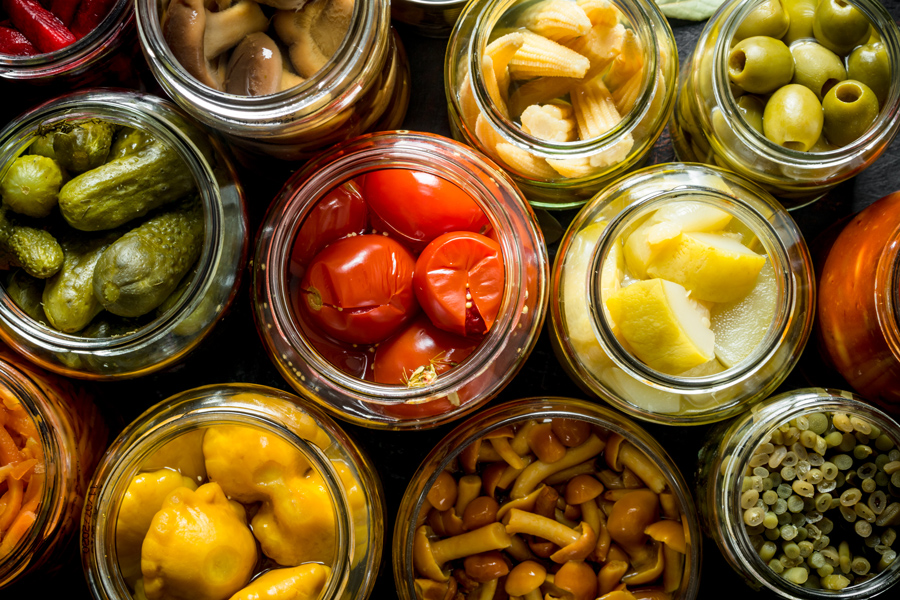
An acidified food is a low-acid food to which acids (such as vinegar, lemon juice, citric acid, etc.) or acid foods (such as fruits or tomatoes) have been added to bring the equilibrium pH of the food to 4.6 or less, with equilibrium water activity greater than 0.85.
Kaitlyn Casulli
|